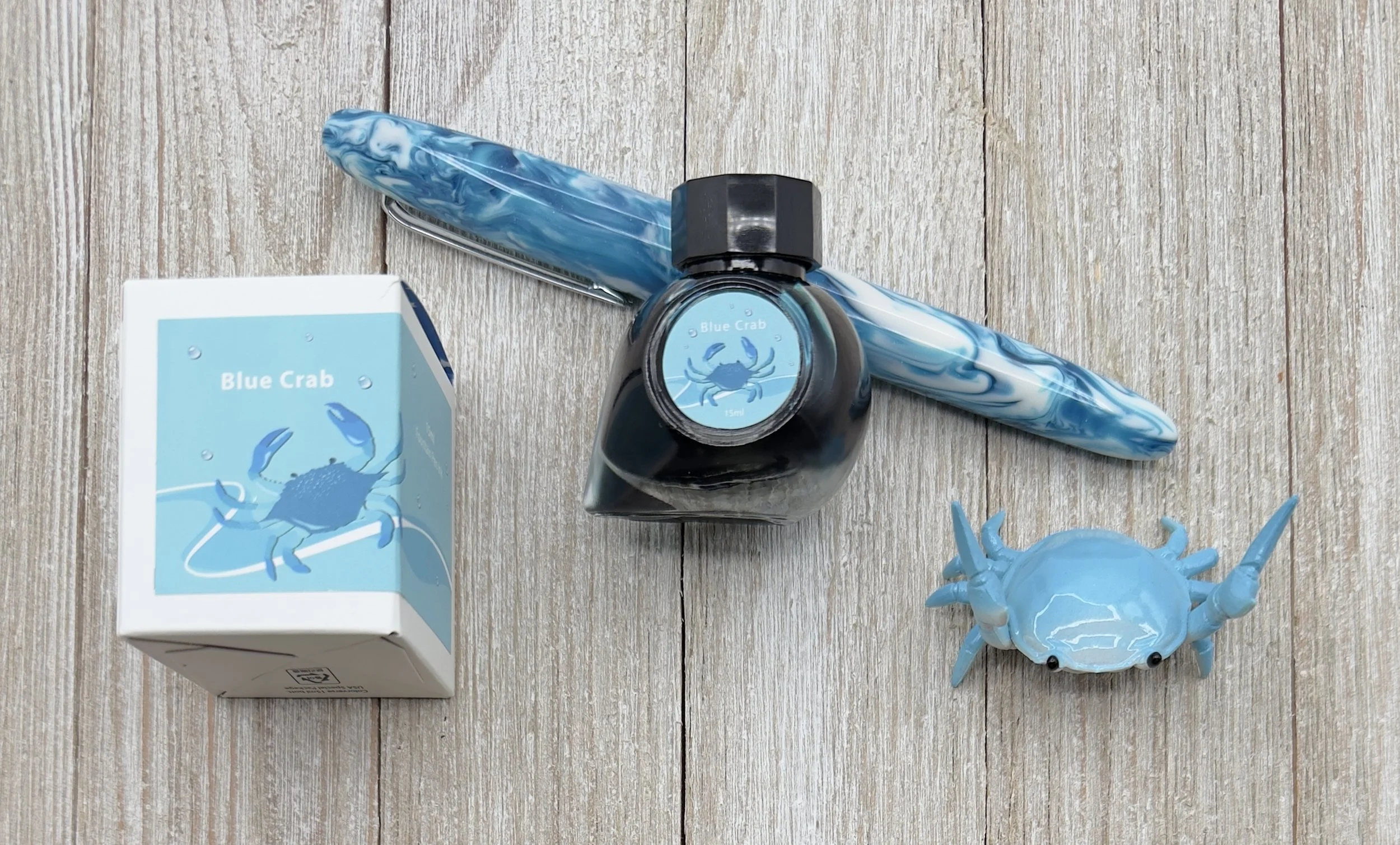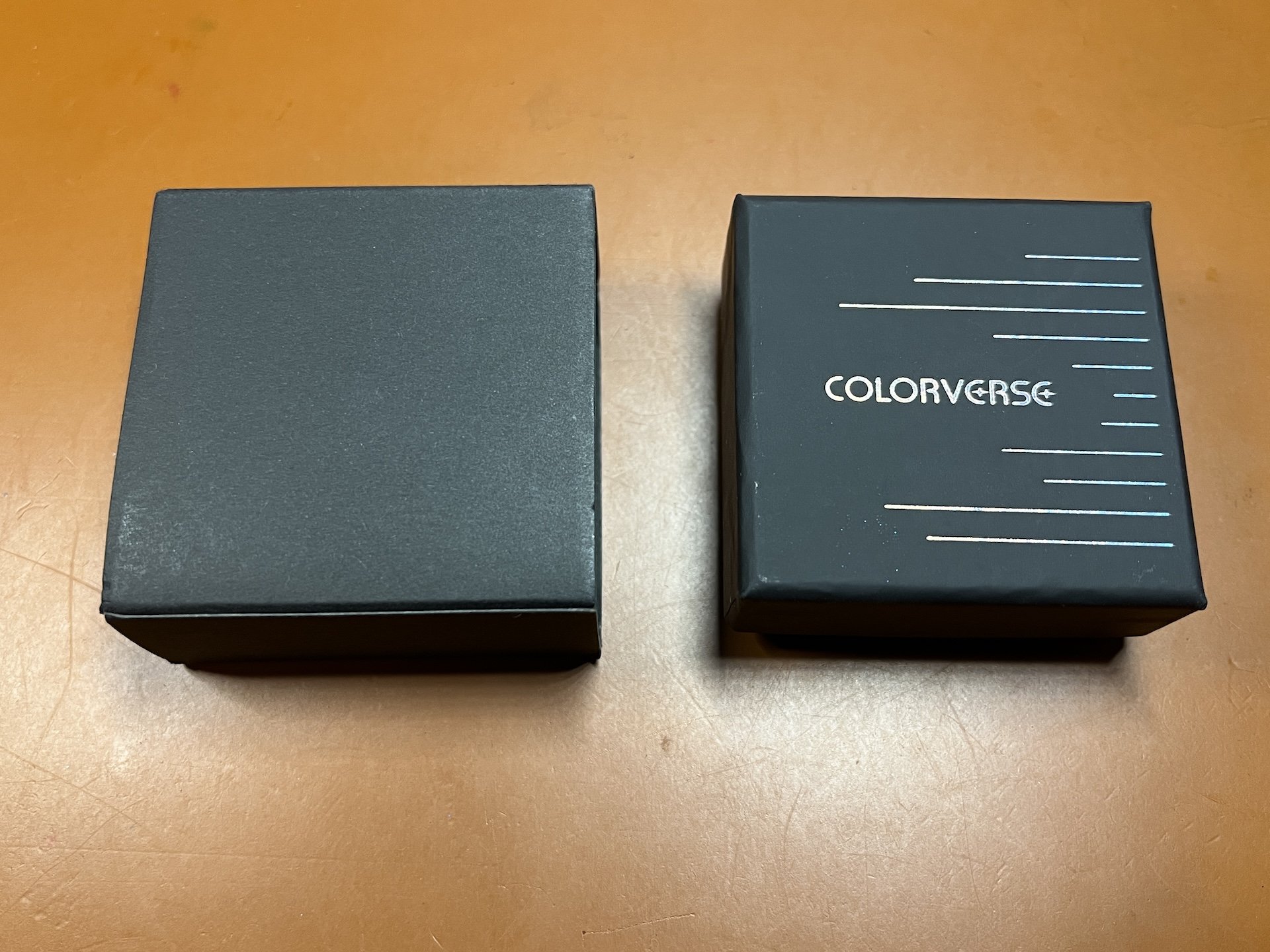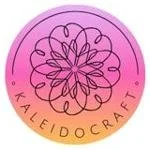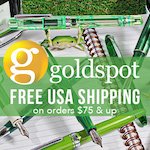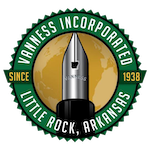(Kimberly (she/her) took the express train down the fountain pen/stationery rabbit hole and doesn't want to be rescued. She can be found on Instagram @allthehobbies because there really are many, many hobbies!.)
One of my favorite things to get at a concert, show, event, or shop, is something that reminds me of the occasion, whether it’s a t-shirt, bag, or sticker that makes me remember that event. In the case of pen shows, it’s no surprise that I am a sucker for show-exclusive inks!
At the 2025 Chicago Pen Show, I bought several bottles of ink, but 3 of them were specifically made for this show! The first one is the official show ink, Windy City Blue, made by Colorverse to celebrate the show’s 45th anniversary. The second one is Papier Plume Lake Michigan Springtime. And last, but not least, is Anderillium’s Chicago River Green.
Note: I add swatches to similar color family inks in both the Hobonichi Weeks and 68 gsm Tomoe River notebook. Unlike the Col-O-Ring swatch card comparisons, the Weeks and TR swatches might not be that close to the ink in question.
L to R: Colorverse Chicago Pen Show 45th Anniversary Windy City Blue, Papier Plume Lake Michigan Springtime, Anderillium Chicago River Green.
Despite the box and bottle’s lighter blue color, the Windy City Blue is more of a darker blue-leaning teal.
You can see a hint of red/purple sheen in wetter parts of the swatch and writing sample.
Swatch/writing sample of Windy City Blue on 2022 Hobonichi Weeks, which has slightly cream-colored paper, along with Anderillium Indigo Bunting Blue, Montblanc Leo Tolstoy, Montblanc StarWalker Blue Planet.
Swatch/writing sample on 68 gsm Tomoe River Endless Recorder notebook. Accidentally added an “s” to the ink name, oops.
Inks similar to Windy City Blue: Rohrer & Klingner Verdigris, Robert Oster Lake of Fire is the closest match, Van Dieman’s Hanging Lake, New Brew Space, and Robert Oster Great Southern Ocean are also close but a touch too blue.
I’m eager to put Windy City Blue in either the Sailor x Cult Pens Pro Gear Slim, Midnight Sky Blue or the Leonardo x Figboot on Pens Momento Zero, Carolina Midnight.
I love that Papier Plume dips their ink bottle caps in wax and then stamps the top.
My swatches of Papier Plume Lake Michigan Springtime look fairly green but I’ve seen some swatches where it has more teal to it. I double checked with some friends who agreed that theirs is also more green in real person but looks a bit more teal in photos.
First/only swatch/writing sample of Lake Michigan Springtime in the Hobonichi Weeks. This looks more teal than on the Col-O-Ring cards.
A green leaning teal on TR 68, but still fairly green.
Inks similar to Lake Michigan Springtime: Waterman Harmonious Green, Jacques Herbin Vert Metropolitain, Wearingeul Tick Tock Croc, Diamine Velvet Emerald, Iroshizuku Sui-gyoku (this and the Diamine are a touch too blue), Diplomat Deep Green (a bit too dark.)
The Kaweco x GoldSpot Pens Sport, Transparent Turquoise (which is way more of a teal than turquoise), and the greenish parts of the Aurora Optima, Azzurra are both good matches for Lake Michigan Springtime.
Anderillium Chicago River Green is a pleasantly bright, spring green ink.
Chicago River Green in the Hobonichi Weeks along with Pennonia x Inkdependence Hens & Chicks and Anderillium Green Kingfisher Green.
Inks similar to Chicago River Green: Diamine Appletini (too yellow), Papier Plume 2019 SF Pen Show Marina Green, Robert Oster Envy (both of which are close but still too yellow), Organics Studio Frog Green Shimmer, Diamine Merry & Bright (the closest), Van Dieman’s Wasabi (second closest.)
Anderillium Chicago River Green would look great in the Taccia Spotlight Forest Eye or the Kaweco x Cult Pens Apple Green.
Even though I can find similarly colored matches for all 3 inks, I still love having them as souvenirs of this year’s Chicago Pen Show. The inks cost $15-20 per bottle and are a great way to remember a fun pen show. If you didn’t get a chance to snag them, you can reach out to Roger Wooten, (show organizer) to see if they are willing to sell/ship the Colorverse ink. You can order Anderillium Chicago River Green from Atlas Stationers. Papier Plume is currently sold out of Lake Michigan Springtime but you can add it to your wishlist in case they decide to make more.
(Disclaimer: All 3 inks were purchased by me at the show at regular price.)


















